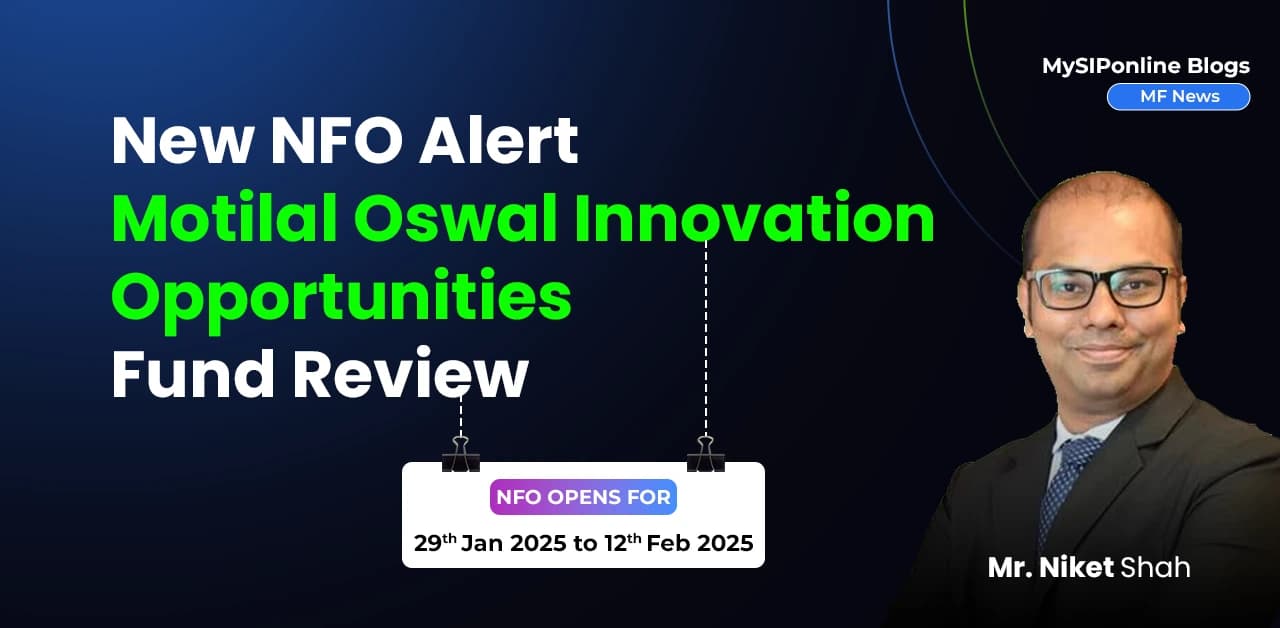Table of Contents
The Budget is a major event in India that captures the attention of businesses and the public. This year, Finance Minister Nirmala Sitharaman presented the first full Budget of Modi 3.0. With high hopes from companies, the middle class and job seekers see this budget of vital importance.
It aims to lay the foundation for a developed India, or "Viksit Bharat." Prime Minister Narendra Modi highlighted that this budget is significant for 'Amrit Kaal,' which means a 'great leap' and could drive India's progress on many fronts.
Let us understand the key highlights of Final Budget 2024:
Union Budget 2024 Update: Changes in the Tax Regime
The income tax slabs for the upcoming financial year 2024-2025:
- Income up to ₹3 lakh: No tax.
- Income between ₹3 lakh and ₹7 lakh: Taxed at 5%.
- Income between ₹7 lakh and ₹10 lakh: Taxed at 10%.
- Income between ₹10 lakh and ₹12 lakh: Taxed at 15%.
- Income between ₹12 lakh and ₹15 lakh: Taxed at 20%.
- Income above ₹15 lakh: Taxed at 30%.
What does this mean for you?
- Low to Middle-Income Earners: More disposable income due to reduced tax burden.
- High-Income Earners: Use tax-saving mutual funds (ELSS Funds) to lower tax liability and grow wealth.
- Investment Strategy: Align your financial plan with new tax rates for optimal post-tax returns.
Union Budget 2024 Update: Direct Taxes
- Streamlined Tax Systems: Efforts to simplify taxes and improve services.
- Adoption of New Tax Regimes: More businesses and individuals using simplified tax systems.
- Income-Tax Act Review: A comprehensive review to cut disputes, expected in six months.
- Charity and TDS Reforms: Unified tax exemptions for charities and reduced TDS rates.
- Simplified Reassessment: Clear timelines for reopening and reassessing tax cases.
- Digital Transformation: Full digitalization of Customs and Income Tax services.
- Vivad Se Vishwas Scheme 2024: New scheme to settle specific tax disputes.
- Higher Appeal Limits: Increased monetary limits for tax-related appeals.
- Expanded Safe Harbor Rules: Broader rules for international tax to simplify compliance.
- Angel Tax Abolished: Removed for all investor classes to boost startups.
- Higher NPS Deduction: Employer contributions to NPS deductible up to 14% of salary.
- De-penalized Foreign Assets: No penalties for not reporting foreign assets up to ₹20 lakh.
Union Budget 2024 Update: Indirect Taxes
The following are the GST Benefits on Taxes:
- Simplified Tax Structure: Easier to understand and comply with.
- Reduced Compliance: Less paperwork and bureaucracy for businesses.
- Lower Logistics Costs: Improved efficiency in transportation and supply chains.
- Increased Government Revenues: Enhanced collection and reduced tax evasion.
Here are the Sector-Specific Customs Duties:
- Mobile Phones and Accessories: Basic Customs Duty (BCD) set at 15% for mobile phones, PCBA, and chargers.
- Critical Minerals: Full exemption on customs duties for 25 essential minerals.
- Shrimp and Fish Feed Inputs: Duty reduced to 5% or fully exempted.
- Leather and Textiles: Reduced BCD on materials used in these industries.
- Precious Metals: BCD reduced to 6% for gold and silver, and 6.4% for platinum.
- Steel and Copper Production: Removal of BCD on ferro nickel and blister copper.
- Electronics: BCD on oxygen-free copper eliminated.
- Ammonium Nitrate: BCD adjusted from 7.5% to 10%.
- Aviation and Marine Maintenance: Export period for domestic aviation, boat, and ship maintenance, repair, and operations extended to one year.
Union Budget 2024 Update: Road Map to Viksit Bharat 2047
The FM Nirmala Sitharaman highlighted these key pillars of the Viksit Bharat Budget 2024:
- 5 new schemes for youth, employment, and skills with an outlay of INR 2 lakh crore, benefiting 4.1 crore youth.
- INR 1.48 lakh crore allocated for education, employment, and skilling.
- Strengthening production, storage, and marketing for oil seeds; developing vegetable clusters.
- INR 1.52 lakh crore provision for agriculture and allied activities.
- Employment-linked incentives: First-time employees to receive one month's wage from the government in three installments, up to INR 15,000, and EPFO contribution reimbursement of up to INR 3,000/month.
- INR 26,000 Crore allocated for highway development in Bihar; new airports, medical colleges, and sports infrastructure.
- INR 15,000 crore financial assistance for Andhra Pradesh via multilateral agencies.
- 3 crore additional houses announced under PMAY.
- Budget for 100+ new post payment bank branches in the North Eastern region.
- INR 100 Crore credit guarantee scheme for machinery purchases without collateral.
- PSU credit assessment model based on digital imprint; support for MSMEs with stress period guarantees.
- MUDRA loan limit increased from INR 10 lakh to INR 20 lakh.
- TReDS turnover threshold reduced to INR 250 crore; more CPSEs to join the platform.
- SIDBI to open 24 new branches this year to serve MSMEs.
- INR 2.66 lakh crore allocated for rural development (40% increase YoY).
- INR 3 lakh crore allocated for the benefit of women and girls.
- INR 10 lakh crore investment in PMAY Urban with interest subsidy provision.
- Encouragement for state stamp duty moderation; benefits for properties purchased by women.
- R&D funding for small modular nuclear reactors; collaboration with private sector.
- Recycling and mining of critical minerals; offshore block auctions planned.
- Support for water supply, sewage treatment, solid waste management, and irrigation projects; positive for relevant companies.
- Infrastructure investment of INR 11.11 lakh crore (2.4% of GDP).
- PM Suryaghar Muft Bijli Yojana: Free electricity up to 300 units/month.
- Phase 4 of PM Gram Sadak Yojana to be launched.
- Flood management assistance: INR 11,500 crore for Bihar; support for Assam, Himachal Pradesh, Uttarakhand, and Sikkim.
- Spiritual tourism development: Vishwpat Temple corridor and Mahabodhi corridor.
- Anusandhan national research funding of INR 1 lakh crore to spur private sector R&D.
- Space economy: VC fund worth INR 1,000 crore.
- Digitization of rural land records and mapping of pedestrian pathways.
- NPS Vatsalya: Investment by parents/guardians for minors, convertible to NPS accounts.
- Budget 2025: Receipts INR 32.07 lakh crore, expenditure INR 48.21 lakh crore.
- Gross/net borrowing target: INR 14.01 lakh crore/INR 11.06 lakh crore.
- Projected Fiscal Deficit: 4.9%; FY26 Fiscal Deficit: 4.5%.
Final Note
Circling back to the future of Mutual Funds, the budget 2024 is likely to give a boost to sectors like infrastructure, agriculture, clean energy and technology. Big investments in roads, rural projects, and environmental management are set to boost infrastructure and clean energy funds. Technology funds are likely to benefit from digital upgrades and R&D investments, while financial services funds could see gains from tax reforms and support for small businesses.
Overall, it is the best time to start your investments to have a secure future.
Related Blogs




.webp&w=3840&q=75)








